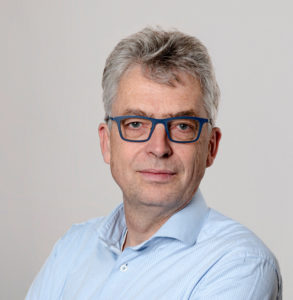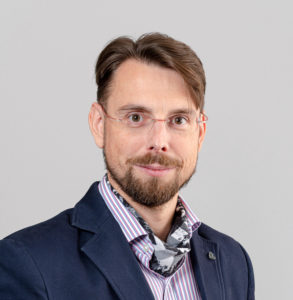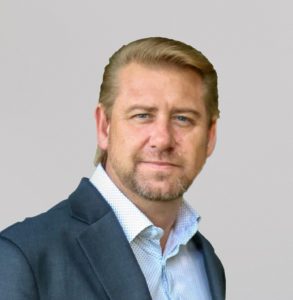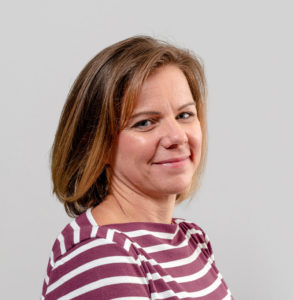Looking from above the compartments
04 december 2017
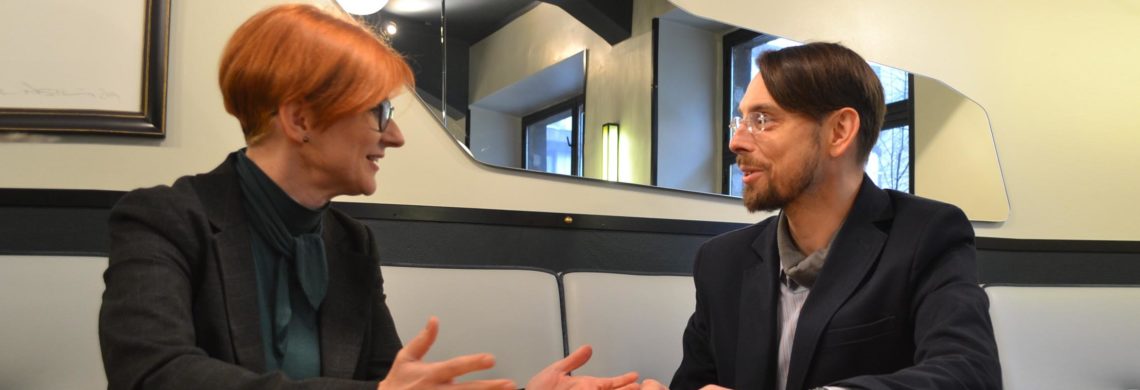
The added value of taking an integrated view of risk. Companies are meticulous about looking at their risks. After all, they want to avoid prejudicing their operating result and do not want to endanger the continuity of the organisation. However, company directors unfortunately often look at various risks in isolation. An integrated approach leads to direct and indirect savings and a higher level of safety, concluded Ania Polak, insurance broker at Warschau and Leszek Golachowski for Riskonet Poland in this duo blog.
Leszek: “We visit all kinds of companies. I mainly visit companies in Poland and my colleagues at Riskonet visit companies in numerous other countries. When we look at the risk perspective as part of our assignments, we find that companies and institutions have become more aware over the years of the risks faced by their organisations. However, what we find most striking is that they evaluate well-understood risks independently from each other. For instance, financial risks fall under the financial departments, risks of physical injury are handled by the people responsible for Health, Safety & Environment, and so on.”
Compartmentalization of risks
Ania: “That is a familiar picture that we also see on the insurance side. Organisations manage their risks in separate compartments, department by department. This is not so much because managers do not want to share their knowledge or do not want to let others see it. It has just evolved and been organised this way. Anyone who wants to make the total picture visible in one of these organisations has to surmount a few barriers. However, I am convinced that creating a broader perspective about business risks provides a better understanding and overview and the opportunity for a better and more considered risk policy.”
Leszek: “It is not surprising that risks are organised in compartments, in isolation from each other. After all, companies may take a very different view of risks, which also depends on the nature of their activities. A manufacturing company that works with hazardous substances deals with different risks compared to a commercial organisation that buys and sells products in countries within and outside of the EU. In the manufacturing company, they rightly give a lot of attention to fire insurance and to measures that are taken together with the insurer to manage or reduce risks. In a commercial organisation, they will probably be concerned about having fire insurance for the office and the products, but may have something to gain in particular from a good insurance policy against currency and exchange rate variations.
Understandably, they also give a lot of attention to all of the legal requirements. These are often only in place to avoid damage to ‘others’ such as neighbours, the environment and employees.”
Interaction and correlation
Ania: “The companies that I am familiar with understand and manage their risks in the financial area, in IT security, liabilities and certainly also fire and other risks. However, this is often done by the managers who are responsible for that specific area. Anyone looking at all of these risks in isolation misses the interaction and correlation between matters that influence each other. So, this also means that they miss the possibilities for integrated solutions. Integrated risk management is still in its infancy in many companies, but it has great potential.”
“Integral risk management is still in its infancy in many companies, but it has great potential.”
Ania Polak
Leszek: “At Riskonet, we are involved with the risk policy in companies, primarily in technical fields. Although we get good results, there is still the chance of gaps, because organisations seldom see the entire picture. Anyone who tackles the integrated approach may stumble across risks which had hitherto gone unnoticed. We sometimes see that a company’s activities have grown over the years, with a correspondingly higher chance of damage. Apart from these kinds of grey areas, we also often see overlap. These are activities that are closely connected to each other and which are assessed by someone wearing two hats, leading to inefficient risk management and sometimes even twice the cost.”
Start with integrated risk management
Ania: “When you look at it this way, you see that administrators and managers are missing out on many benefits. I also realise that it can be difficult to get started with integrated risk management in an organisation, particularly if the organisation is not large enough to set up a role for this. However, it starts with sharing information among the business units. The decision to invest in measures to limit risks or damage in one business unit may perhaps be seen in a different light when other investments are also considered at the same time.”
Leszek: “I notice that companies are ready to further professionalise risk management. However, there is no simple and general standard approach to develop a full picture of risk, namely a company’s integrated risks. In my view, a zero measurement needs to start with commitment at the top of the organisation. Furthermore, input will have to come from the ‘owners’ in the organisation, from the financial people to the people responsible for HSE. A workshop may provide an insight into the entire picture. It makes the borderlines visible, but certainly also the grey areas and the overlap. This then leaves the way open to an actual integrated look at risk management, from above the compartments. Perhaps not every organisation is suited to starting a project of this nature. However, a good discussion about the potential of this kind of integrated view of risk management creates a clear perspective.”
